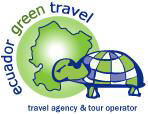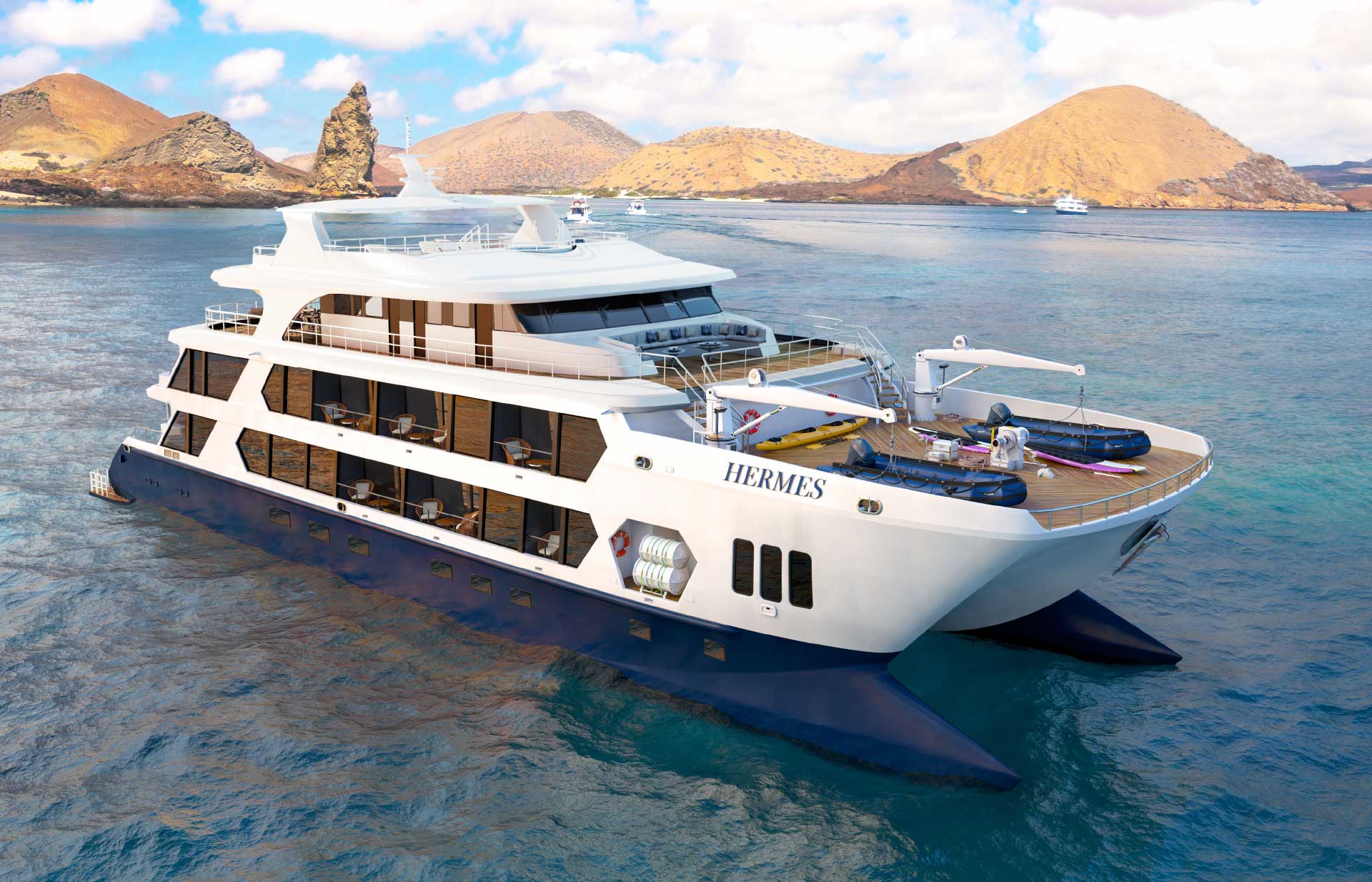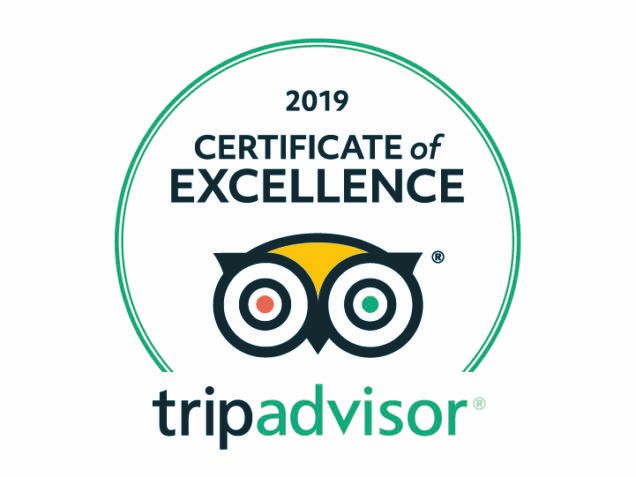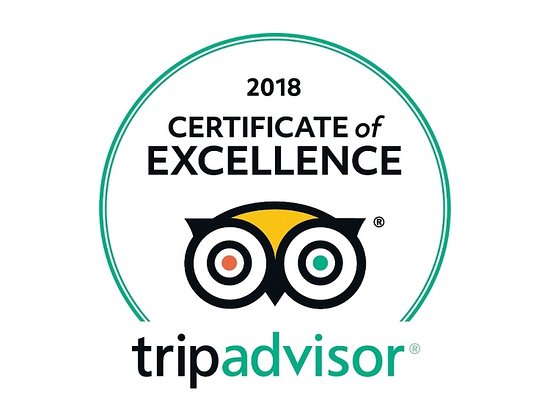Seaman Itinerary C - 8 days
ITINERARY C - 8 DAYS
FRIDAY
AM: Baltra: Arrival and Transfer to the boat
PM: Santa Cruz: Highlands (HK)
SATURDAY
AM: Fernandina: Point Mangle (HK)
PM: Isabela: Moreno Point (HK)
SUNDAY
AM: Isabela: Urbina Bay (HK/SN)
PM: Isabela: Tagus Cove (HK/SN)
MONDAY
AM: Fernandina: Espinosa Point (HK)
PM: Isabela: Vicente Roca point (SN)
TUESDAY
AM: Santiago: Espumilla Beach (HK/SN)
PM: Santiago: Egas Port (HK/SN)
WEDNESDAY
AM: Rabida (HK/SN)
PM: Chinese Hat (HK/SN)
THURSDAY
AM: Santiago: Sullivan Bay (HK/SN)
PM: Bartolome (HK/SN)
FRIDAY
AM: Santa Cruz: Bachas Beach (HK)
Baltra: Transfer to the Airport
HK: HIKE / SN: SNORKEL / PR: PANGA RIDE / KY: KAYAK /
PB: PADDLE BOARD
DAY 1: FRIDAY
AM: BALTRA AIRPORT ARRIVAL AND TRANSFER TO THE A BOAT
This day you will fly to the Galapagos Island.
Our guide will pick you up and carry your luggage to the bus that transports the tourists to the ferries to cross the Itabaca Channel. After this, you will be taken by another bus to the first visit to Ranch Manzanillo where visitors must wear comfortable walking shoes, light clothing and a waterproof jacket, sun-block lotion, a camera and repellent for the first activity. The visit to Ranch Manzanillo includes a picnic lunch and a short walk before boarding the Motor Catamaran. It is important to follow these instructions in order to accomplish this itinerary properly. Please be aware that passenger ́s luggage will be sent directly to the Seaman Journey yacht.
Santa Cruz offers excellent opportunities to observe the wild Galapagos Tortoises. Tracking tortoises is not the only exciting activity to be found in the highlands. There are also plenty of lava tubes, sinkholes and craters ready to be explored. After this visit they moved to the M / C Seaman Journey.
DAY 2: SATURDAY
AM: FERNANDINA: MANGLE POINT
Off the eastern coast of Fernandina, Mangle Point can be found, a superior snorkeling site and a beautiful location for riding in a panga or zodiac through a grove of mangrove trees. A hike of about 1/2 miles is possible. While you are on your ride, you are likely to see sea lions, tortoises, pelicans, rays and birds too numerous to name them all.
PM: ISABELA: PUNTA MORENO
Is located on the north coast of Isabela Island between the volcano Sierra Negra and Cerro Azul volcano.The trail runs along a lava flow Pahoehoe (solidified lava in the form of corrugated or an accordion) into a complex of coastal lagoons, where several species of birds which can be found around this lakes and mangroves
DAY 3: SUNDAY
AM: FERNANDINA: URBINA BAY
Is located at the base of Alcedo Volcano on the west coast, between Tagus Cove and Elizabeth Bay. This area experienced a major uplift in 1954, which caused the land to rise over 16 feet. The coast expanded half a mile out, leaving marine life stranded on the new shore. This area is also a great place to snorkel. Urbina Bay is a path that starts off with a wet landing. The course is approximately 3200m, and made up of sand, pumice, lava, coral and vegetation where one can observe iguana burrows. It is an ideal place to see red and blue lobster!In Bahia Urbina you can see Darwin’s finches. Its main attraction is the land iguanas, which are larger than in places like South Plaza Island and Galapagos tortoises also in the wild, sometimes even out of season they are on the bottom of the islands. A large amount of vegetation can be observed such as chamomile and Rosewood, but among all these plants, the beautiful flowers of cotton Darwin, endemic to the Galapagos Islands stand out.
PM: TAGUS COVE
Tagus Cove is located west of Darwin Volcano on Isabela Island. This was a favorite spot for pirates and whalers, and it was them who started the following tradition: the inscription of the names of boats. At the beginning of the trail, you will see a small cave where you will find inscriptions dating to the 1800s.Its name originated from a British warship that went across the islands in 1814 looking for Galapagos Tortoise for food. Due to former eruptions, the substrate has a large amount of volcanic rocks of different sizes, among the most common are little balls of nearly spherical shape known as the “lapilli” or petrified rain.
DAY 4: MONDAY
AM: FERNANDINA: ESPINOZA POINT
Espinoza Point is a famous place known for its large colonies of marine iguanas and as the habitat of unique species like the flightless cormorant, Galapagos penguin, Galapagos hawk, and Galapagos snake.
PM: ISABELA: VICENTE ROCA POINT
One of the most impressive and spectacular places of the enchanted Galapagos Islands; with high cliffs and tuffstone, ash and lava formations give this area a majestic touch, is Punta Vicente Roca. It is located in the north-western coast of the island; it comprises two distinct islets. This large bay has a spectacular marine life.Here, you can see seahorses, sea turtles and the strange yet fascinating Mola-mola or sunfish. This bay is a great place to practice Panga Ride and Snorkeling.You can as well find: Penguins, Blue-footed boobies, Terns, Boobies, Sealions. Also you can snorkel and observe sea turtles, stingrays and puffer fishes.
DAY 5: TUESDAY
AM: SANTIAGO: PLAYA ESPUMILLA
Espumilla beach is located on the northern coast of Santiago Island in James Bay. During the last presence of the El Niño phenomenon, one of the two lagoons in this site underwent a process of sedimentation, thus causing the disappearance of a representative colony of flamingos. The main attractions are the palosanto forest and the nesting of baby turtles.
PM: PUERTO EGAS
It’s black beach is located on the west side of the island and is the main attraction of the island. Their volcanic tuff deposits have favored the formation of this special black sand beach.This site is called Puerto Egas, because there was an attempt to start the exploitation of salt, which failed because the price of salt in the continent was very cheap, and did not justify its exploitation in Galapagos. The project and the infrastructure was left abandoned.
DAY 6 : WEDNESDAY
AM: SANTIAGO: RABIDA ISLAND
Rábida Island is unique due to the red color that colours all rocks and sand. The volcanic material in this island is very porous and external factors as rain, salty water, and sea breeze have acted as an oxidizing agent.A short walk along a trail leads you to a coastal lagoon behind the beach which permits you to observe the land birds such as finches, doves, yellow warblers, and mockingbirds. At the lagoon there is a colony of flamingos.
PM: CHINESE HAT
This is a small islet (1 sq km) located just off the southeastern tip of Santiago Island. It is a recent volcanic cone, shaped like a Chinese hat when seen from the north. On the west you can see lava formations, formed under the sea and raised upwards, this is why coral heads are found on the lava.This is an excellent visit for interpretation of geological features such as lava tubes and lava flows. The landscape is covered by sea lions colonies, marine iguanas, and Galapagos penguins.
DAY 7 : THURSDAY
AM: SANTIAGO: SULLIVAN BAY
Santiago, also called James, or San Salvador Island, is located in the west central part of the Galapagos archipelago. It is the fourth largest island in the archipelago (following Isabela, Fernandina and Santa Cruz). Along with some of the large western volcanoes of Isabela and Fernandina, Santiago is also volcanically active, with many young flows and cones to be seen, particularly along the south, west, and east coasts.These may even be seen from the summit of Darwin Volcano and from space. A number of historic eruptions have been reported over the last 2 centuries. Santiago actually consists of two coalesced volcanoes: a typical shield volcano on the northwest end and a low, linear fissure volcano on the southeast end.
PM: BARTOLOME
Bartolome Island is situated across Sullivan Bay. It has an altitude of 114 meters , from where we can observe one of the most beautiful sceneries of the Galapagos Islands such as: Volcanic cones, lunar – like craters, lava fields, and the famous Toba formed pinnacle eroded by the sea. There is very little vegetation on this island.It has two breathtaking beaches where marine turtles exist and at the base of the pinnacle, as well as a very small colony of Galapagos penguins.
DAY 8 : FRIDAY
AM: SANTA CRUZ / BALTRA: CHARLES DARWIN STATION
Kickstart your day with a profound encounter at the Charles Darwin Station, a dedicated non-profit working hand-in-hand with the Galapagos National Park to safeguard the archipelago's unique biodiversity. This visit provides insights into the collaborative efforts of these institutions to shield native species and combat the invasive ones threatening the delicate balance of the Galapagos ecosystem. . Amidst the educational venture, enjoy the setting of an outdoor native dry forest adorned with towering cacti and a rich array of fascinating endemic flora. This is an ideal spot to discover various endemic Darwin finches, as well as vivacious flycatchers and melodious mockingbirds.
TRANSFER TO THE AIRPORT
As the day winds down, prepare for your return to the Ecuador mainland. Reflect on the extraordinary experiences and memories created as you journey back.
This concludes your remarkable journey through the Galapagos, filled with awe-inspiring encounters with nature's wonders, leaving you with a deeper appreciation for the delicate balance of our planet's ecosystems.















